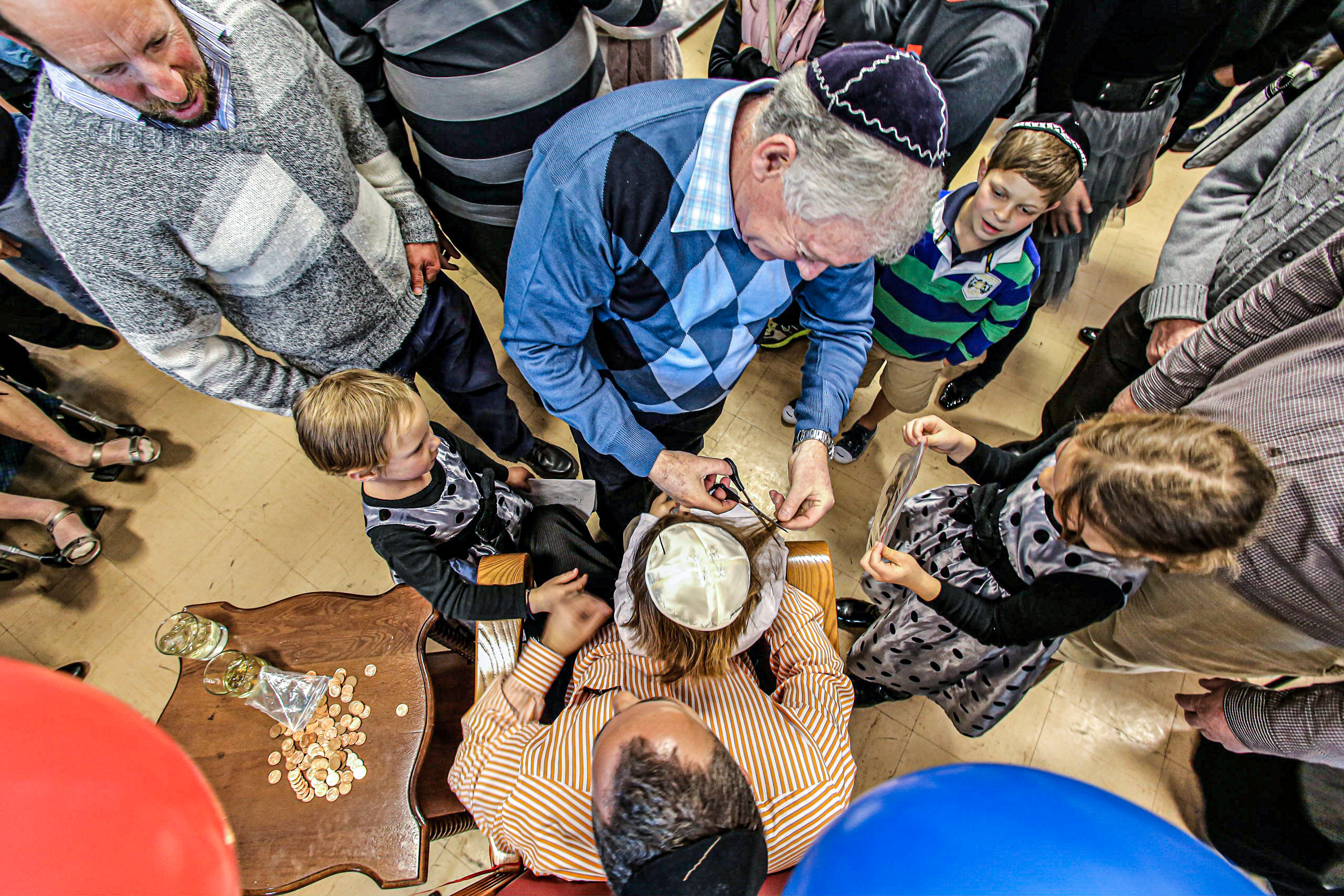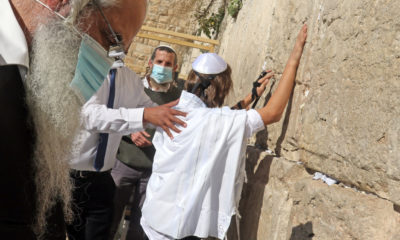
Lifestyle

Photos reveal Africa’s Jewish tapestry
“My photographs try to weave together the complex tapestry of the Jewish African peoples segregated by historical, cultural, linguistic, and regional divides yet united by a faith in Hashem.”
So says Jono David, a British-born photographer living in Japan who has travelled the globe to amass what is perhaps the most extensive archive of contemporary images of Jewish heritage and heritage sites in the world.
Included in his growing compendium of more than 120 000 photographs from 116 countries and territories is his collection of photographs of Jews in Africa from 30 countries on the continent. The best of these photographs are in a book titled, The Jews of Africa: Lost Tribes, Found Communities, Emerging Faiths that includes essays by scholars, rabbis, and African Jews.
“Between August 2012 and April 2016, I embarked upon eight unique Jewish Africa photo tours comprised of about 60 total weeks of travel to 30 countries and territories,” David writes. “Ultimately, I archived about 65 000 Jewish Africa photographs, and I did so with the aim of answering one primary question: who are the Jews of Africa?
“I was particularly interested in the emerging black Jewish communities in places such as Uganda, Kenya, Ghana, Madagascar, Gabon, and Cameroon. Over the past 20 or so years, the phenomenon of religious renouncement and self-conversion to Judaism has, in some cases, as in Ghana, Cameroon, and Gabon, grown with the rise of internet connection there. Real-time connection is weaving a black Jewish tapestry across the continent,” David writes in his book.
“So far, these small but fervent communities remain largely ignored by official entities in Israel and in the mainstream Jewish world. The century-old Abayudaya community in Uganda is officially recognised by Conservative Judaism, but that’s an exception. Connections with outside Jewish organisations and rabbis are increasing, however, and official Jewish recognition remains an important aim.
“In my travels, these communities held a particular fascination, but I was equally mindful of the European-rooted congregations. I was curious not merely about their history, but about their manifestations of Jewish life in comparison to familiar ways in Europe.
“Today, while Jewish communities of the southern African region shrink and ancient ones of the Maghreb cling on [notably in Morocco and Tunisia], black Jewish groups are growing in number, in location, and in commitment,” David concludes. “Following subjugation over the centuries by invaders both political and religious, motivating factors for this Jewish awakening are rooted in a quest for truth and identity, truth rooted in the tenants of Judaism and the Torah, an identity founded in self-determination.”
- See more of Jono David’s Jewish work at JewishPhotoLibrary.com






